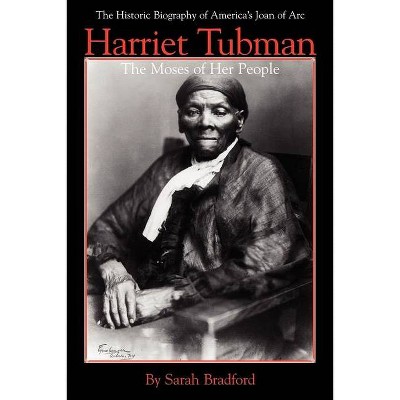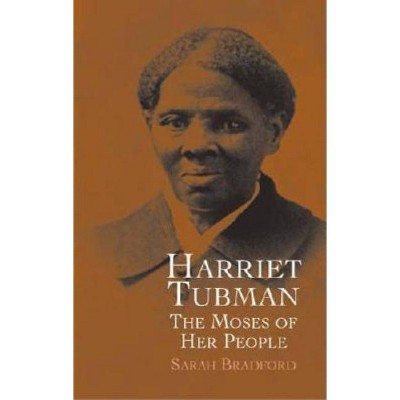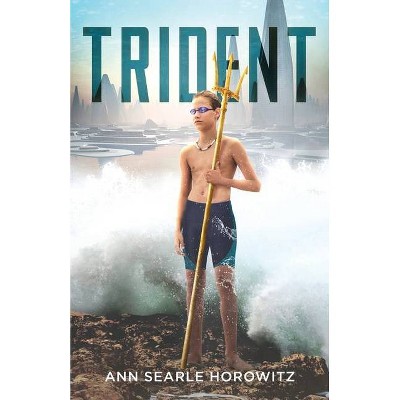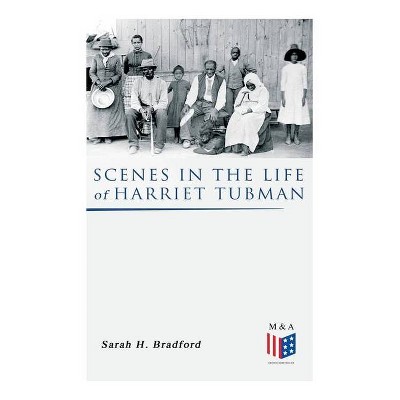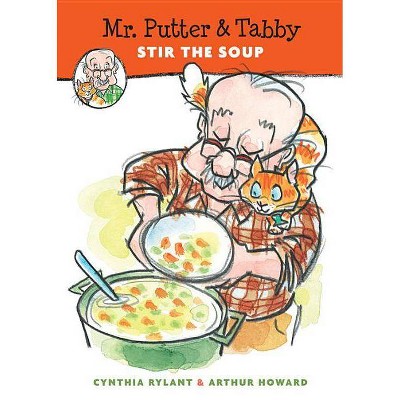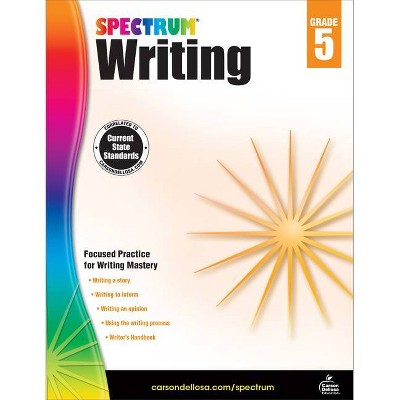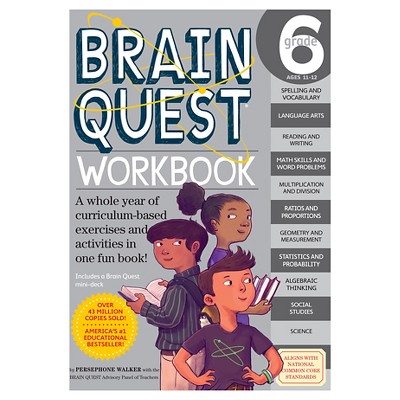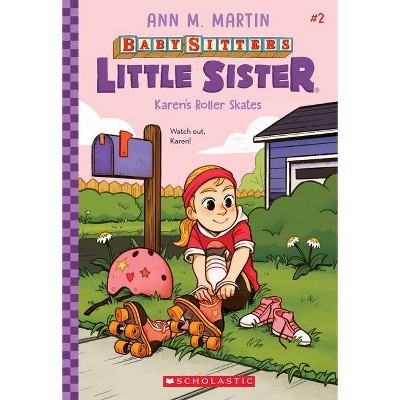Sincerely, Harriet - by Sarah Winifred Searle (Paperback)

Similar Products
Products of same category from the store
AllProduct info
<p/><br></br><p><b> About the Book </b></p></br></br>In 1996 Chicago, thirteen-year-old Harriet Flores, living with boredom, loneliness, and a chronic illness, lets her imagination run wild--with mixed results--and learns about the power of storytelling.<p/><br></br><p><b> Book Synopsis </b></p></br></br><p>Harriet Flores struggles with boredom and an unrequited crush while learning to manage her chronic illness through a long, hot, 1990s summer in Chicago. She uses her imagination to cope, which sometimes gets her into trouble, as she makes up fantastical fibs and wonders if there are ghosts upstairs. One neighbor, Pearl, encourages Harriet to read and write, leading Harriet to have a breakthrough and discover the power of storytelling.</p><p/><br></br><p><b> Review Quotes </b></p></br></br><br><p><em>Sincerely, Harriet </em>reads like a love letter to a younger self--an invitation to be kinder, more patient, more open to possibility. It handles its subjects with grace and understanding, all woven together with stunningly beautiful art.--Kate Leth, author of <em>Power Up </em>and <em>Spell on Wheels</em></p>-- "Other Print" (10/18/2018 12:00:00 AM)<br><br><p><em>Sincerely, Harriet</em> is a relatable, empathetic story about a girl in the midst of a transitional summer. A sweet and subtle story, Searle's characters are so lovingly rendered that it's impossible not to be immediately drawn in.--Molly Ostertag, author of <em>The Witch Boy</em></p>-- "Other Print" (10/18/2018 12:00:00 AM)<br><br><p><strong>In her middle grade debut, comics creator Searle slowly unspools the story of a middle schooler living with multiple sclerosis.</strong> Harriet ('Harry') Flores, 13, is a solitary girl whose family has just moved to Chicago. While her parents work, she spends long summer days alone in a hot row house apartment, wondering about a possible upstairs haunting, penning chipper postcards to former friends, and venturing only as far as the mailbox and downstairs to visit her grandmotherly landlady, Pearl. The dialogue conceals her innermost thoughts, but hints surface when Harry learns about Pearl's son Nicholas, who suffered from polio as a child and experienced isolation similar to her own. After Pearl shares the books Nicholas read while in quarantine (Harry cannot abide <em>The Secret Garden</em> but devours <em>Peter and Wendy</em>), she confesses her fears--about friendlessness and being sick--in letters to an imagined Nicholas. In jewel-toned art, Searle successfully creates a claustrophobic, lonesome ambience. An author's note discusses invisible disabilities and chronic illness, and offers resources for further reading.--<em>Publishers Weekly</em></p>-- "Journal" (3/25/2019 12:00:00 AM)<br><br><p>Harriet Flores is an awkward, imaginative preteen who has just moved to Chicago. While her parents are at work, Harriet spends her days avoiding summer reading, writing postcards to camp friends who don't write back, and keeping her elderly, downstairs neighbor, Pearl, company. Harriet helps Pearl assemble a family album and, in the process, discovers a photograph of Pearl's now-grown son. Pearl's son, who came down with polio in the 1950s epidemic, is pictured in a wheelchair. Harriet, who has a chronic illness, instantly feels a connection to him, and instead of writing to camp friends, she starts writing to him. Searle's artwork shows the characters' faces up close, centering the narrative around their intense, everyday emotions. The straightforward linework effectively captures old Chicago architecture. The warm color palette portrays her family's unwavering love, even when Harriet feels lost and misunderstood. <strong>Middle-grade readers will relate to Harriet's anxiety about fitting in and making friends, while also exploring subjects like ableism and intersectionality, which Searle depicts with grace and empathy.</strong>--<em>Booklist</em></p>-- "Journal" (3/27/2019 12:00:00 AM)<br><br><p>Harriet Flores is lonely. Her camp friends won't return her postcards, her parents work all day, and she's stuck all summer inside her family's new apartment with the TV on and school books she'd rather ignore. Harriet's parents send her to help their elderly downstairs neighbor Pearl, who sets Harriet to working on a scrapbook for Pearl's grandson. Through conversations with Pearl, a new diary, and revelations about her building's mysterious third floor and by being honest with herself and with her parents, Harriet learns to wield her creative powers against loneliness and unease. Bored and fussy, she entertains unfounded suspicions that the mailman and Pearl are harboring secret criminal intentions. Unfortunately, while she is reprimanded for making up these stories, that both targets of Harriet's suspicions have dark skin goes unaddressed. Readers who stick by Harriet discover the source of much of her anxieties: a recent diagnosis of multiple sclerosis. An author's note and suggested further reading further highlight invisible disabilities, a topic infrequently depicted in literature. Little details make the book more inclusive from a gender and sexuality standpoint: Harriet nurses fleeting crushes on other girls, and a scrapbook photo depicts her father rocking pink hair and a crop top. <strong>The wide-eyed, expressive characters and reassuring art are well suited to this introspective narrative.</strong> VERDICT A secondary purchase for collections where contemplative graphic novels are popular.--<em>School Library Journal</em></p>-- "Journal" (1/23/2019 12:00:00 AM)<br><br><p>Searle writes and illustrates her first graphic novel for middle-grade readers. Whiling away the long summer days alone in a new apartment in a new city, Harriet 'Harry' Flores begins to spin stories. Perhaps the nice mail carrier has nefarious intentions for the neighborhood dogs. Maybe the house is haunted. The old woman who lives downstairs? Probably a murderer. Though her tales frustrate her parents, the escapism this storytelling offers seems to comfort Harry as she faces an uncertain future with a chronic illness. Begrudgingly, Harry begins to spend time with Pearl, the mysterious old woman from downstairs. Through that budding relationship, and the memories and books they share, Harry finds the courage to be honest with her parents and to face what lies ahead. The subtle absence of cellphones and computers as well as pop-culture references place the story in the 1990s, yet it feels incredibly current. The pacing is masterful as the truth behind Harry's many fears is slowly and poignantly revealed, maintaining the tension and mystery of each story thread until the tapestry is complete. <strong>Searle tackles Harry's anxiety about her illness as well as common adolescent concerns about friendships, school, and family with honesty and tenderness that will resonate with readers.</strong> Harriet's biracial: Her mother is white while her father is Mexican; Pearl is black. Heartfelt and heartwarming, highlighting the power of story to both conceal and reveal.--starred, <em>Kirkus Reviews</em></p>-- "Journal" (2/26/2019 12:00:00 AM)<br><br><p>Thoughtfully and lovingly illustrated, Sarah W. Searle deftly weaves together a gentle tale about chronic illness, and the power of storytelling to bridge gaps between people across social and generational divides.--Melanie Gillman, author of <em>As the Crow Flies</em></p>-- "Other Print" (10/18/2018 12:00:00 AM)<br>
Price History
Price Archive shows prices from various stores, lets you see history and find the cheapest. There is no actual sale on the website. For all support, inquiry and suggestion messagescommunication@pricearchive.us
